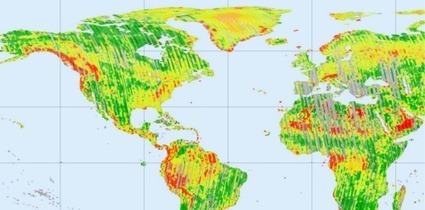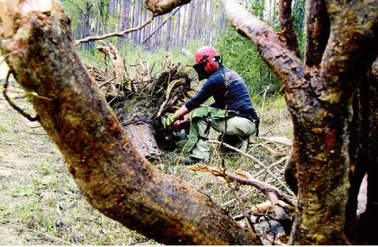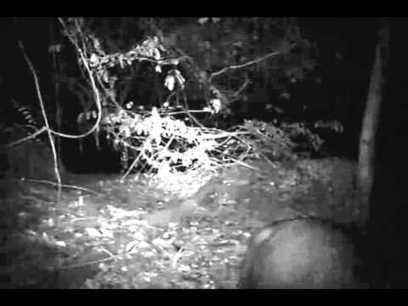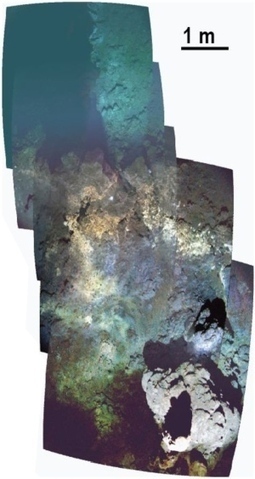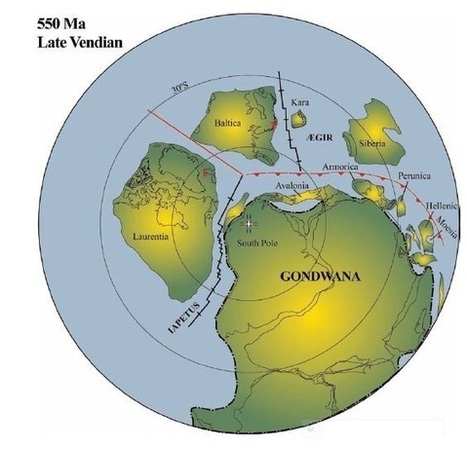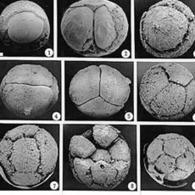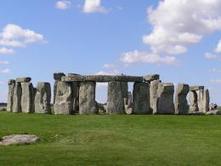Geological detectives are piecing together an intriguing seafloor puzzle. The Indian Ocean and some of its islands, scientists say, may lie on top of the remains of an ancient continent pulled apart by plate tectonics between 50 million and 100 million years ago.
Research and publish the best content.
Get Started for FREE
Sign up with Facebook Sign up with X
I don't have a Facebook or a X account
Already have an account: Login

 Your new post is loading... Your new post is loading...
 Your new post is loading... Your new post is loading...
Ms. Moon's curator insight,
October 17, 2014 12:35 AM
Wow, moon rocks inside Earth rocks. Science rocks! |
Robert Slone's curator insight,
September 1, 2014 7:29 PM
If these stones were quarried to Stonehenge , what was the property that made them so important to invest so much time and labor? |






